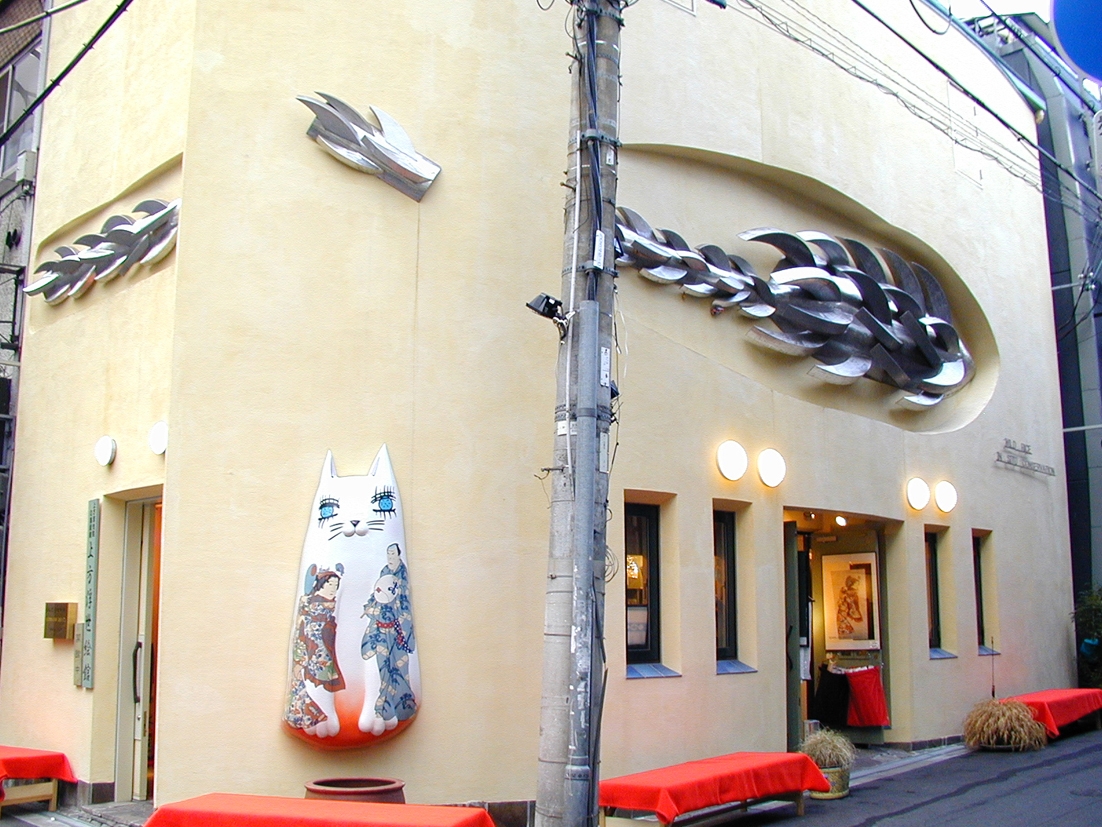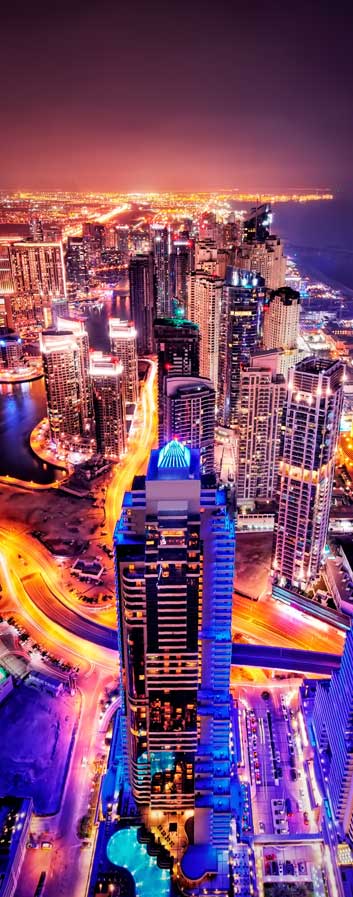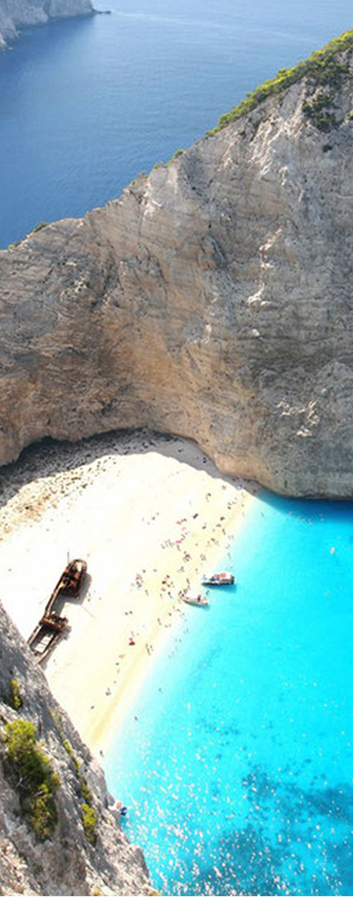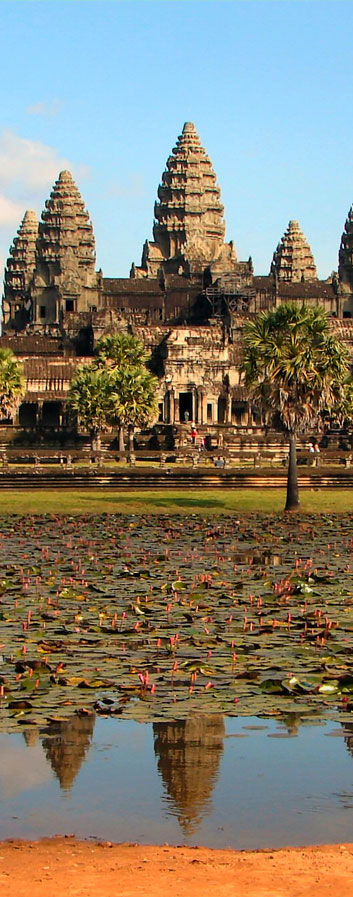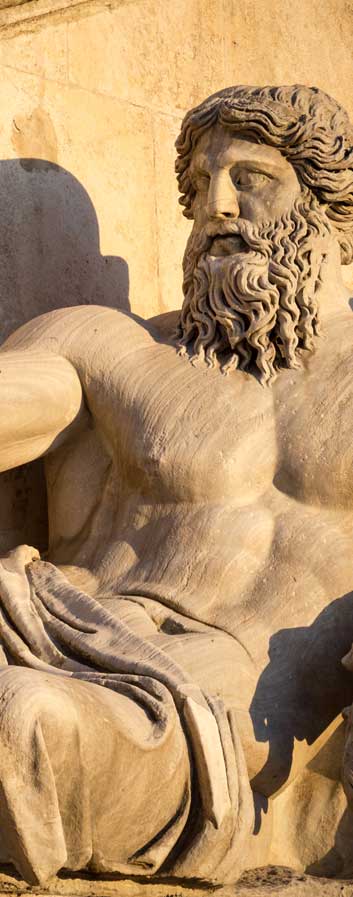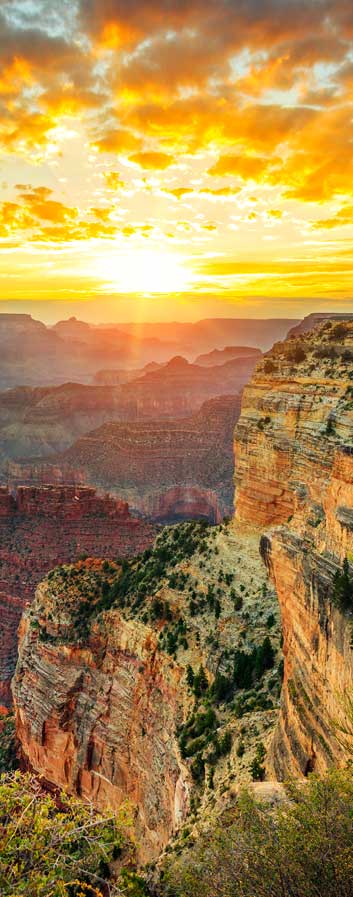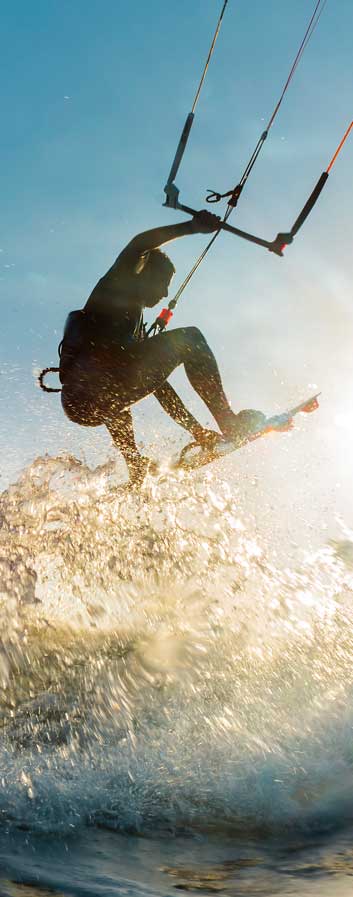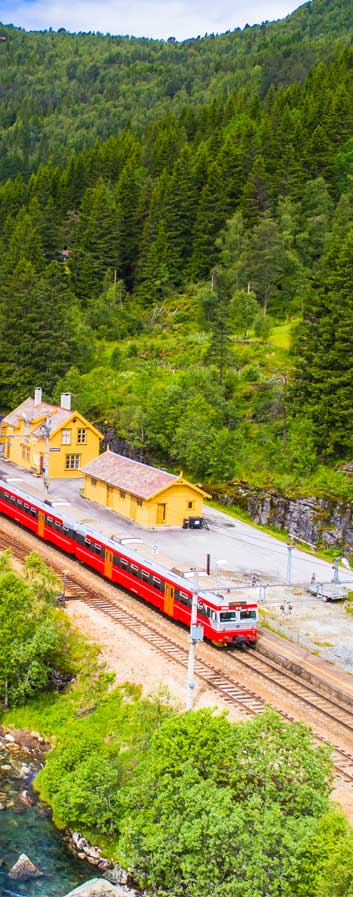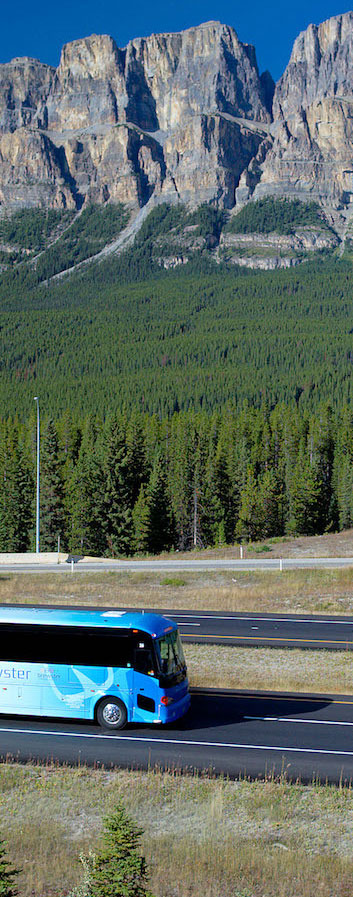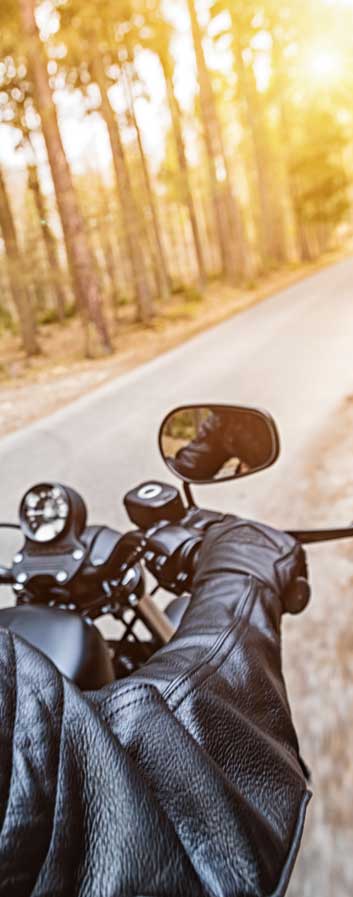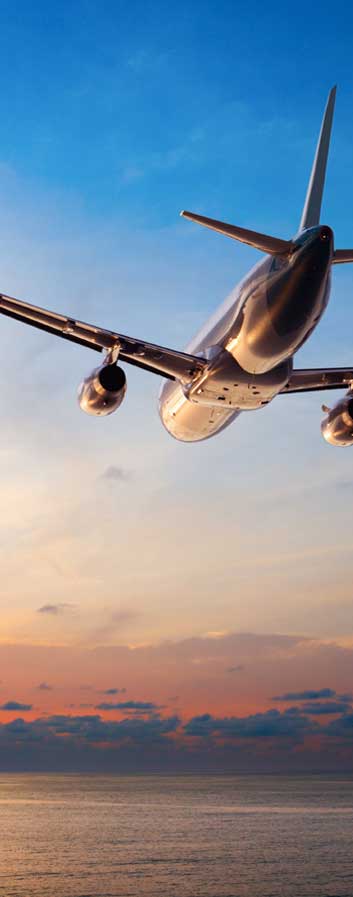Minami
Located around Namba Station, Minami (南, "South") is one of Osaka's two major city centers. It is the city's most famous entertainment district and offers abundant dining and shopping choices. The district is easily accessible as it is served by three train companies as well as three subway lines and a highway bus terminal. The other major city center is Kita (北, "North") which is located around Osaka and Umeda Stations.
Best seen at night, Dotonbori never truly closes with some restaurants open 24 hours.
One of Osaka's most popular tourist destinations, this street runs parallel to the Dotonbori canal. It is a popular shopping and entertainment district and is also known as a food destination. At night it is lit by hundreds of neon lights and mechanized signs, including the famous Glico Running Man sign and Kani Doraku crab sign.
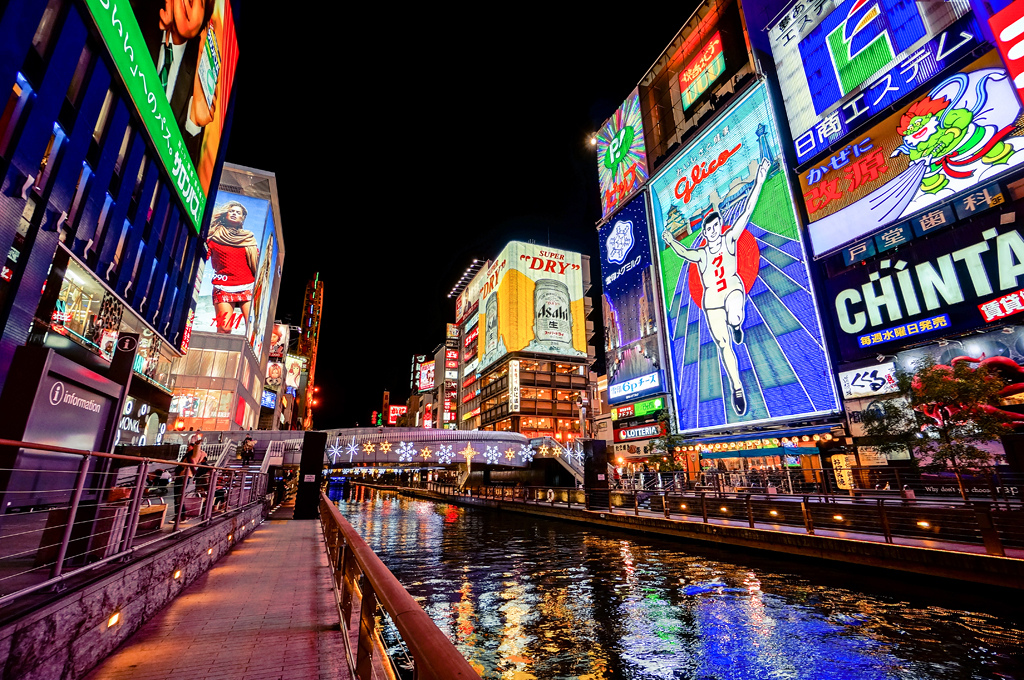
Shinsaibashi Shopping Arcade and the surrounding Shinsaibashi area is Osaka's premiere shopping center. Approximately 600 m long, this area is unique as it combines chain retail stores and trendy boutiques with expensive department stores and top designer fashion labels.
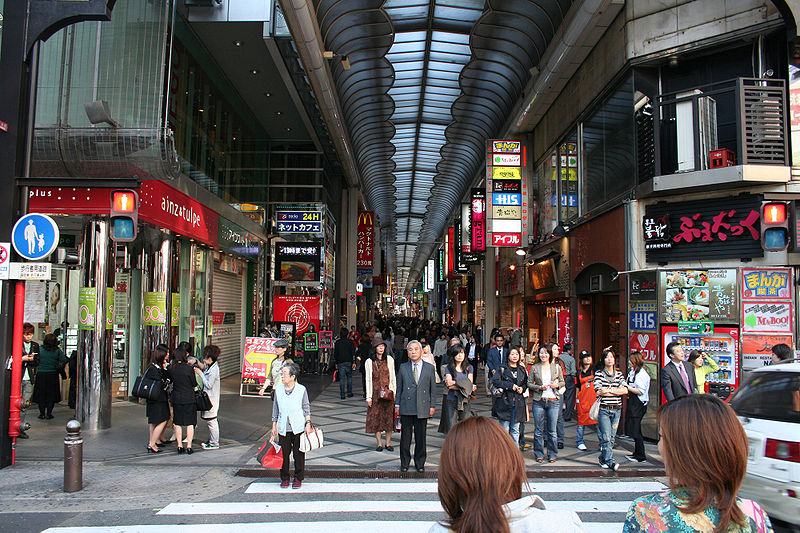
Locally known as "Amemura," this shopping district is considered Osaka's counterpart to Harajuku and is a good place to see the cutting edge of teenage fashion and culture in Japan. It is a lively atmosphere that is populated with cafes, clothing stores, and thrift shops with a younger feel than the nearby Shinsaibashi.
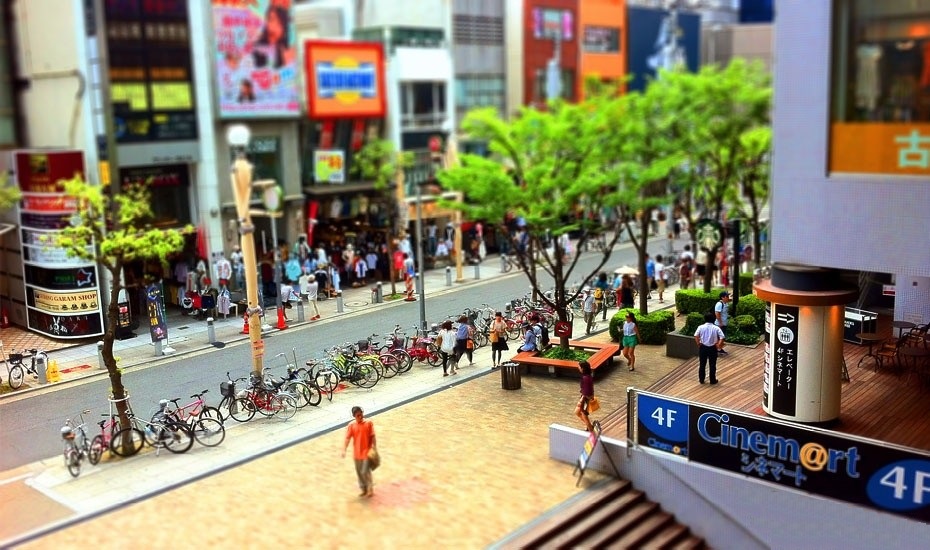
Located in the Nipponbashi area, Den Den Town is an electronics district comparable to Tokyo's Akihabara, and you may be able to bargain to a better deal. Den Den Town is becoming known as an otaku paradise with numerous manga and anime retailers as well as maid and cosplay cafes located there.
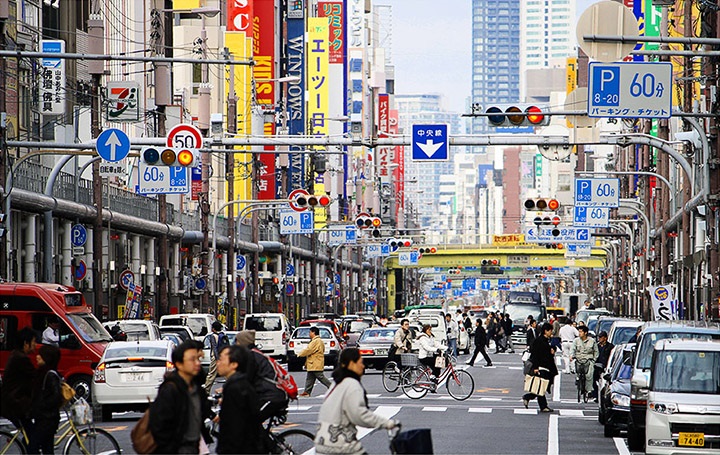
Built to resemble a natural canyon, Namba Parks is designed to be a break of nature amidst the sprawling urban landscape. It features a 120 tenant shopping mall including a cinema, amphitheater, and a rooftop garden. The 6th floor is made up of numerous restaurants including some Korean, Italian, and Vietnamese places.
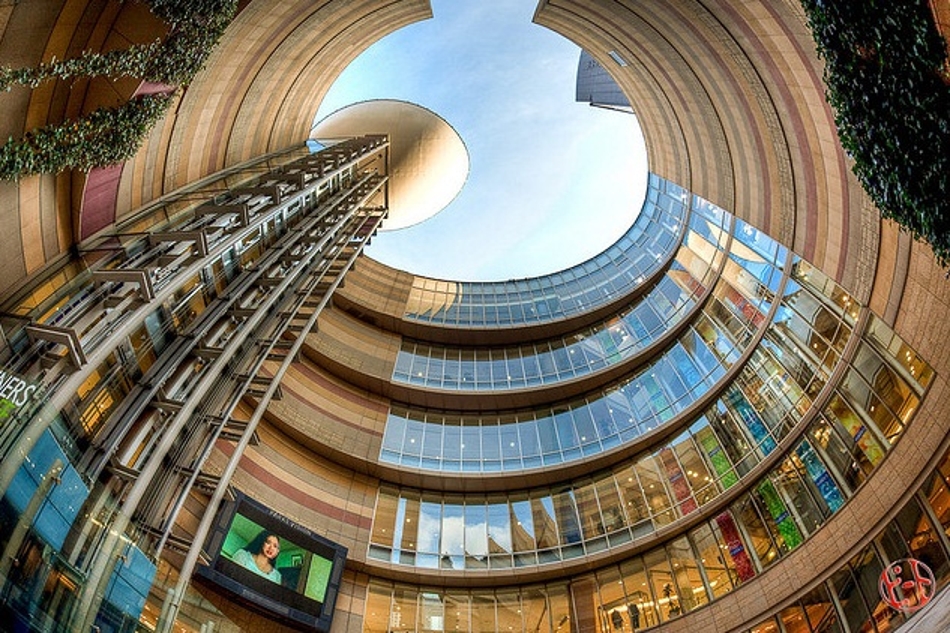
Bunraku performances are usually held in three week runs in January, April, June, July/August and November. Ticket prices vary by performance but typically range from 2000 to 6000 yen. Bunraku is similar to kabuki but performed using meter tall puppets. The National Bunraku Theater is considered the nation's most prestigious, and in addition to shows offers free seminars throughout the year. English earphones are available.

Kabuki performances are usually held in five runs per year, each lasting between three to four weeks. Ticket prices vary by performance but typically range from 4000 to 15000 yen. The Shochikuza Theater is the prime location to see kabuki performances in Osaka. It is a Western style theater that opened in 1923 and has a seating capacity of just over 1000. English headsets are unavailable at Shochizuka Theater, but English program books can be purchased at the information counter.
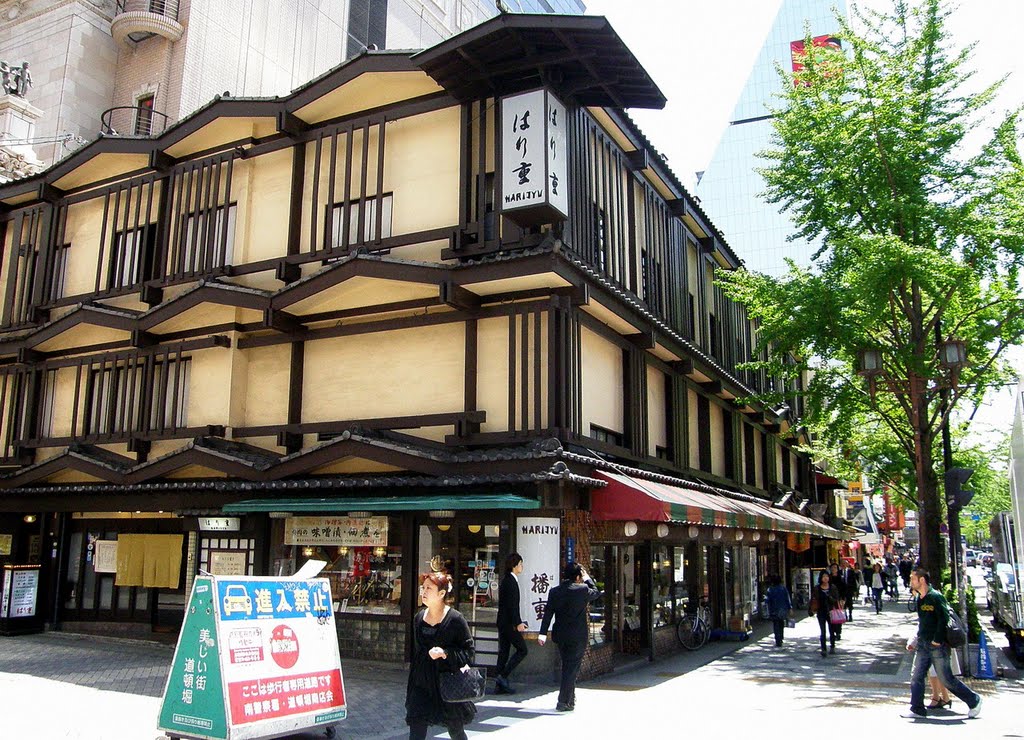
With Hozenji Temple at one end and with more than 60 traditional restaurants and izakaya along it's narrow path, this alley retains an old time atmosphere reminiscent of Kyoto's Pontocho. Be sure to visit Hozenji Temple where local merchants and visitors alike pour water over the temple's statues for luck.
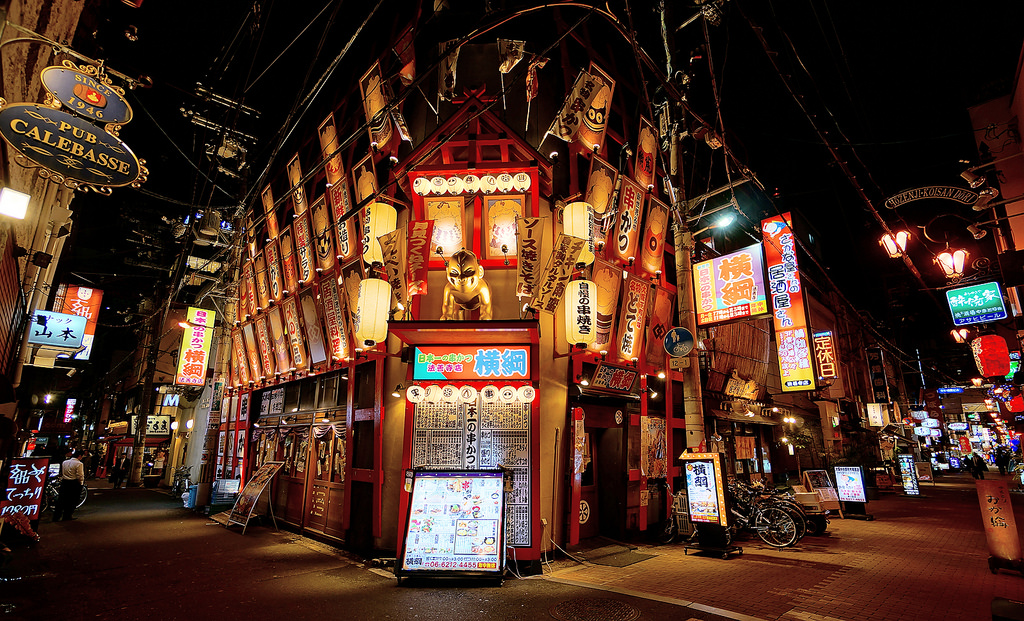
This museum is the only one in the world to have a permanent Kamigata Ukiyoe exhibit. Kamigata Ukiyoe are woodblock prints from the Kyoto/Osaka region that typically feature portraits of kabuki actors. The third floor of the building is dedicated to rice growing and the roof has been converted to a wild rice field.
